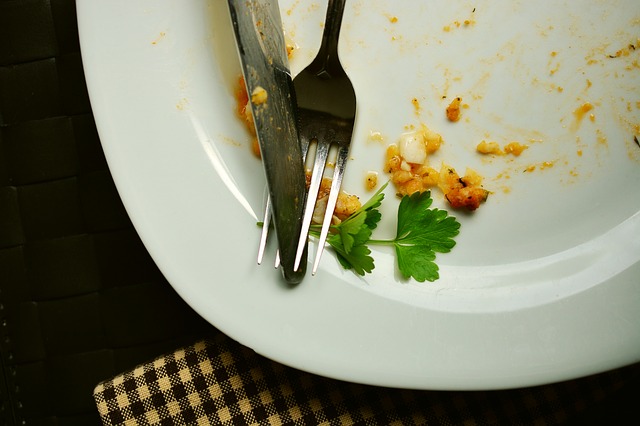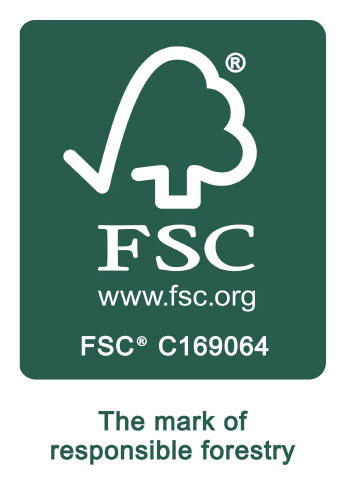As millions of families across the globe struggle to afford to put food on the plate, WRAP statistics reveal that 40% of all food produced is wasted. How can packaging and labelling play a part in keeping more produce in the supply chain?
Food Loss and Food Waste
There are many reasons why not all the produce that is grown, reared and produce makes it to the table. Quality control, unpredictable weather and production practices can lead to poor harvests or damaged crops that are not deemed suitable for sale. This is known as food loss and it also includes food affected by incorrect storage; temperatures, humidity or duration.
As produce moves along the supply chain, insufficient packaging and variable demand add to the volume of wasted stock. Along with this, is excessive trimming and selection/rejection to provide food that matches consumer expectations.
As food moves towards the retailer, inappropriate display packaging can lead to food waste, and overstocking creates a surplus. Then the consumer is encouraged to purchase more than they need, with pre-packaged, promotions and oversized portions. Add into the mix a widespread misunderstanding of food labels and a lack of meal planning and the result is chucking out food that we’ve paid good money to buy.
Packaging to Reduce Food Waste
The packaging used to transport produce to manufacturers or retailers, then retailers to customers is an important factor in minimising waste. Selecting the correct packaging size and packaging material helps to retain the desired temperature, humidity and protection that optimises the freshness of produce.
The use of shelf-ready corrugated boxes is one option that reduces the need for product handling and associated damage. The delivery box includes perforated sections, which can be quickly removed when the product reaches the shelf. Usually printed boxes, this sustainable packaging provides a desirable display.
Whilst pre-packaged goods offer convenience, they can also leave us with no choice but to purchase more than we need. Before lockdown, many retailers were introducing more loose, unpackaged produce, allowing us to select the quantity we need. Refillable packaging is another option for paying for the quantity we need.
Promotions often mean that you get more food for your money with pre-packed quantities and it is tempting to buy more than we need, to get better value. However, there is no point if we are simply going to end up throwing it away.
Misunderstood Labelling
In January, Morrisons announced the removal of ‘Use by’ dates on milk. They encouraged customers to use a sniff test to check their milk was still suitable for consumption. A ‘Best Before’ date will still be shown on the packaging, but why change?
Many consumers see the date on package labelling as a sign that food or drinks are no longer edible. According to WRAP, the ‘Use by’ date is the cause of 7% of food waste. However, if stored correctly, many foods are still consumable for several days after the ‘Best Before’ date. Being confident in using sight and smell to judge if food is still edible could reduce unnecessary food waste.
The Sustainable Business Guide to Reducing Food Waste
The Sustainable Business Guide provides recommendations for cutting food waste at every step in the process. This includes finding viable options for by-products of food production, a subject that we raised in an article about the Tackling Waste in the Beauty Industry.
The Guide also looks at ways to keep surplus food in the supply chain. These include selling discounted produce to local cafes, restaurants and community groups, to donations to food banks. This is a move that many retailers have already made and it brings social, economic and environmental gains in comparison to disposal.
Learning Cooking Skills to Cut Food Waste
As consumers, our cooking skills are important. One of the benefits of the lockdown in 2020 was a notable decline in food waste. People had the time to look at recipes and cook from scratch. We were inspired to change habits, with an increase in behaviours such as batch cooking and freezing meals. There was time to explore ideas for using leftovers to create tasty lunches.
According to the latest WRAP Food Waste Trends report, convenience is again dominating food choices. Usual work and life pressures are seeing a return to old habits. If we could find the time to learn basic cooking skills and follow quick and easy recipes, we could play a part in reducing food waste.
Commitment to Cut Food Waste
It is criminal that people across the world are hungry, whilst 40% of food is wasted. As a producer, retailer or consumer, we can all play a part in reducing food waste. What action will you take?

